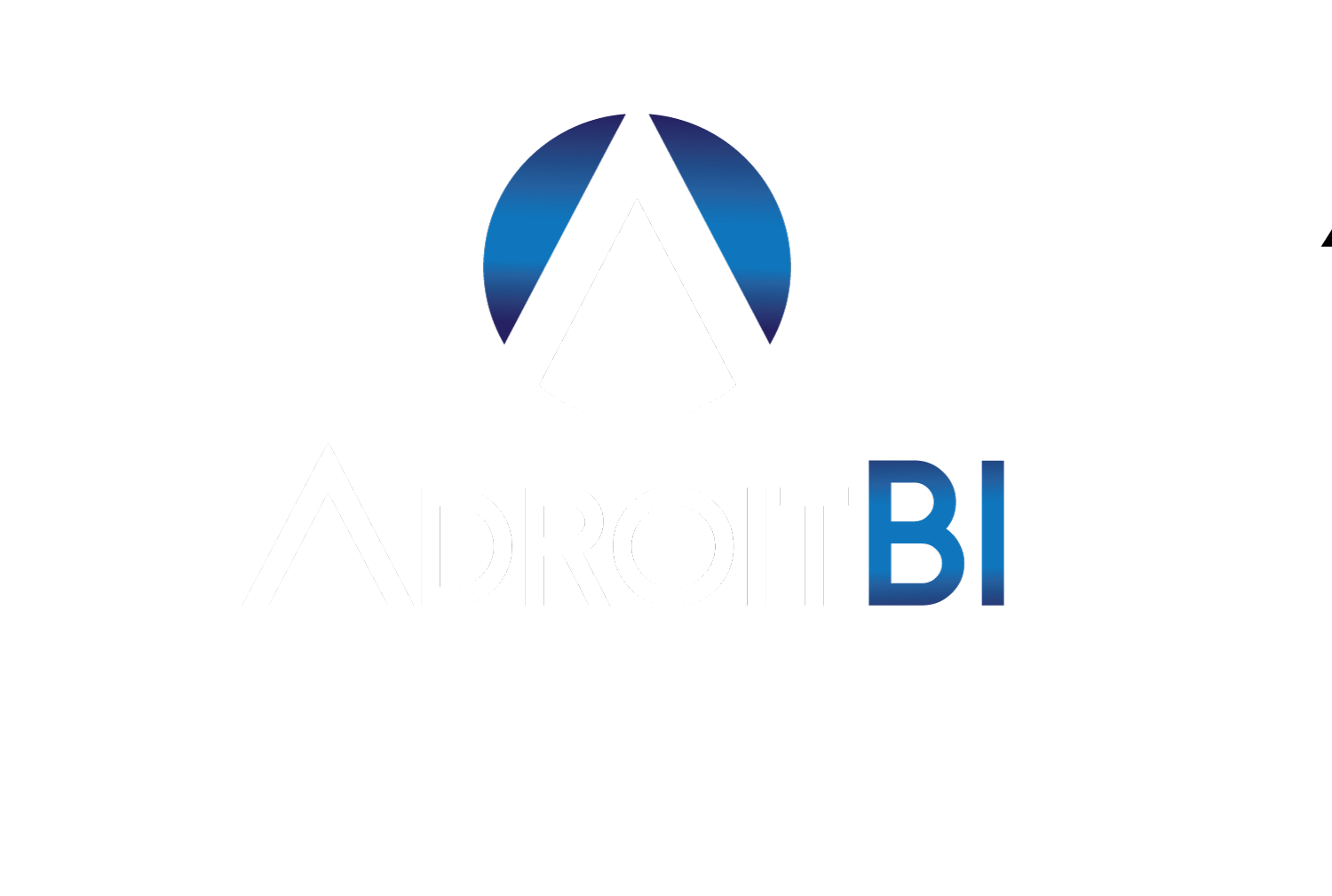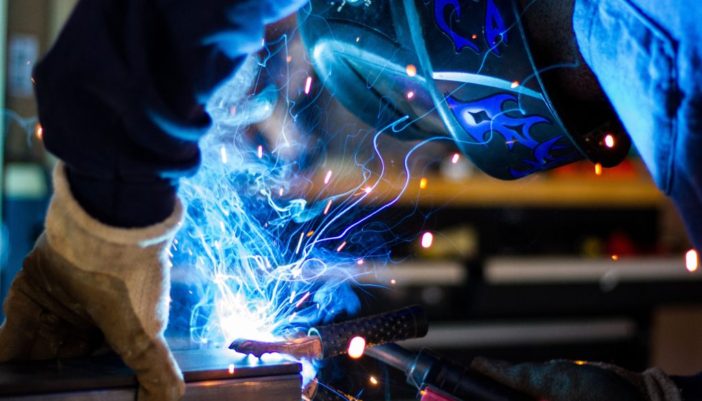Why does AIoT emerge as industry’s future 4.0
The Internet of Things (IoT) and Artificial Intelligence (AI) are two trends which dominate the technology sector. But these two techniques are much more than the motto or trend subjects for industrial automation. The future of industrial automation shall be redefined in the convergence of IO and AI. It will guide the revolution of Industry 4.0.
Two autonomous technologies IoT and AI have a major effect on various vertical industries. While IoT is the digital nervous system, AI is the brain that chooses the system as a whole. AIOT— the artificial intelligence of things — provides us with an smart and linked system, which is able to self-correct and self-heal.
We must examine the evolution of linked systems in order to appreciate the commitment of AIoT.
The linked systems-connectivity, storage and computer-received three main components in cloud computing. Cloud computing allows various devices to be seamlessly connected with each other with an ongoing architecture. In addition to machine-to-machine (M2 M) texts, these systems have transmitted telemetry information centrally in the cloud. These big datasets representing the information from various systems are processed by the Cloud Calculation Service for insight.
The basis of IoT was connectivity, storage and computing. Data were initially processed using big data architectures like Spark and Hadoop. IoT and Big Data contributed to understanding the patterns and the correlation between different instruments and sensors. The result was displayed in intelligent visualizations and graphs which were included in IoT dashboards.
In short, five main features were given by the first generation of cloud-base IoT:
Collect – Telemetry information is gathered at a key place from a big amount of machines and sensors.
Store-Telemetry information is stored in scalable information lake storage schemes.
Process-The large data platforms for telemetry data sets are used for processing and analyzing.
Analysis — The analysis through wealthy visuals Control — Device operators and field technicians control devices based on the suggestions of Big Data systems, has been based on the ideas from big data systems.
We add an significant capacity in linked systems-Act by combining AI with industrial IoT.
AI goes beyond visualizations through the use of telemetry information models and correlations. It closes the critical gap through adequate data-based actions. The AI closes the loop automatically by taking action, rather than showing the facts to people to allow them to behave. It becomes fundamentally the brain of the systems linked.
At two distinct levels, AI will overload IoT industries. First, by increasing the sensors with intelligence, it affects the telemetry information. Secondly, the inbound information flow in real-time or batch mode will be analyzed by AI. The spectrum of IoT is connected to the beginning (devices) and the end (analysis).
For example, a picture sensor camera will send each frame to the IoT system for feed analysis for some objects. Using AI on the camera device, the image is only sent when a certain item is identified. This speeds up the process substantially while saving the CPU from each frame. For voice synthesis and other types of telemetry, the same principle is applicable. The future of IoT devices is AI-enabled sensors. In a near future the conventional image sensors will be smart cameras powered by Intel, NVIDIA and Qualcomm AI accelerators.
Throught-after IoT systems can discover anomalies in real time through the application of profound educational models based on the neural networks to incoming sensor telemetry. If the neural network anticipates a critical mistake, the defective unit can be shut down to prevent deadly accidents or events. It is proactive versus reactive that is the main distinction between the current IoT and AIoT rules engine. Current IoT systems are intended to respond to an case while AIoT can detect failures and occurrences proactively. The infusion of AI into IoT systems promises predictive maintenance that helps businesses save millions of dollars in machinery assistance and maintenance.
Increasing the AI and IoT are the future of industrial automation. Almost every verticle sector, including cars, aviation, finances, healthcare, fabrication and supply chain, will be affected by artificial intelligence.
For more information refer:
https://www.forbes.com/sites/janakirammsv/2019/08/12/why-aiot-is-emerging-as-the-future-of-industry-40/#172cb12619be

